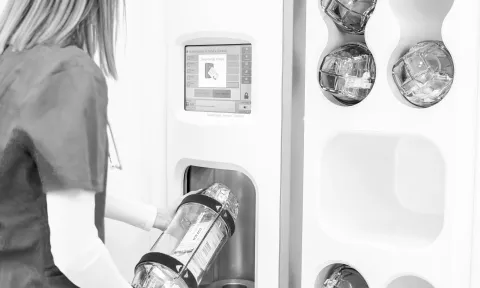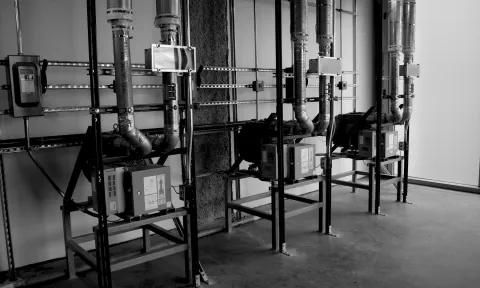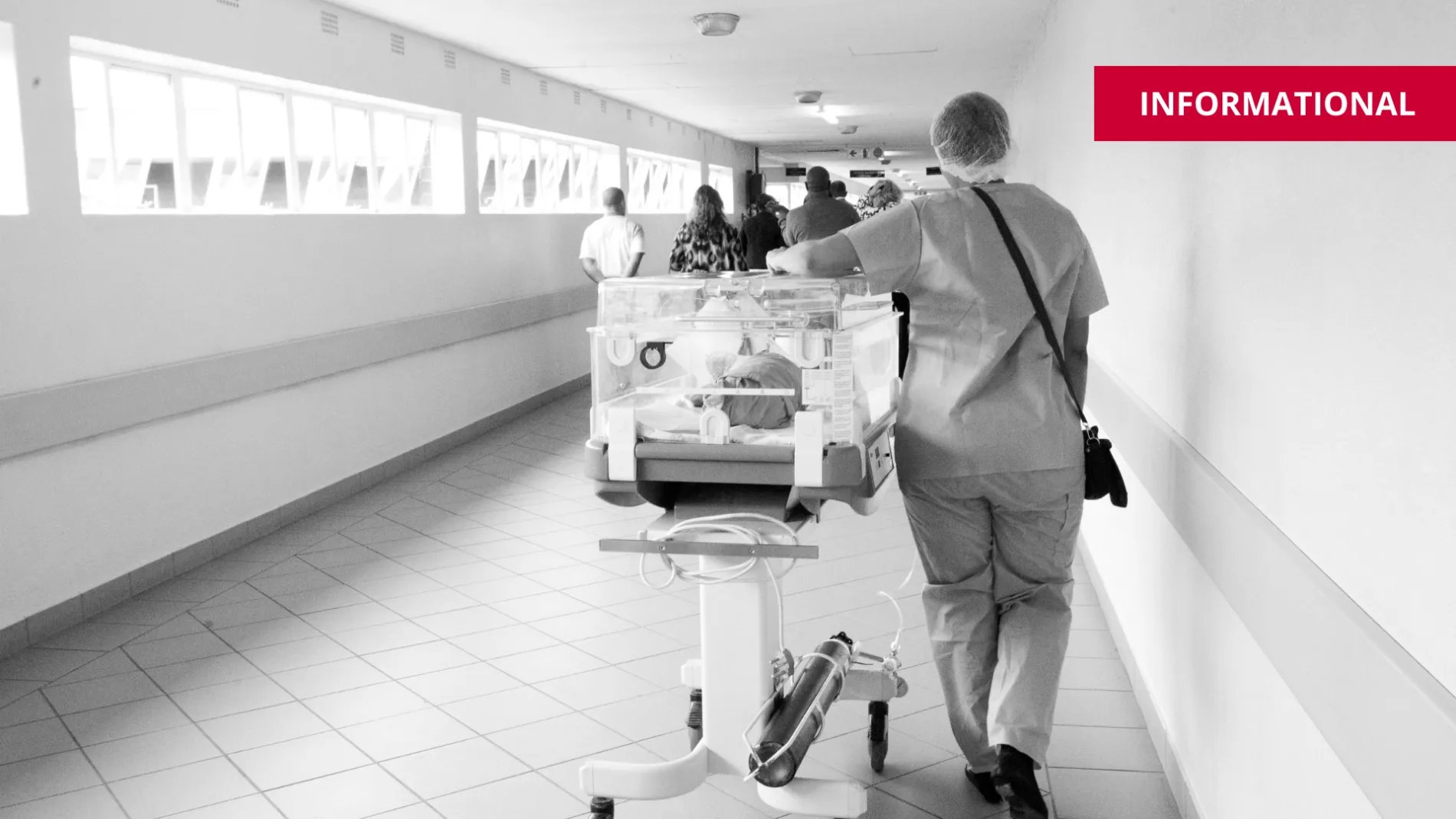You might also be interested in this

Customer Pledge

Superior Transport Automation

Pneumatic Tube System Components

Carriers and Accessories

Stations

TransLogic V8

Delivery Manager Material Tracking Software


What Are Hospital Codes And What Do They Mean?
Reading Time: 2 min.
Jeff Erbert | 1/25/2024
Hospitals are bustling, intricate, orchestrations of healthcare. We would know, the average TransLogic pneumatic tube system possesses 8,750 ft of tubing and completes thousands of transactions per day. Thus, it comes without surprise that communication – at all levels – is necessary, and that there are messages that must be transmitted across the department or even across the hospital.
To reduce confusion, many state-level hospital associations and healthcare worker organizations recommend alerting staff of an emergency or situation by using plain language. However, a lot of hospitals still depend on the “code” system to quickly alert all hospital staff that something is happening. For example, a “code red” may indicate that there is a fire.
Like pneumatic tube system policy – there is no standard set of codes, and each hospital takes a slightly different approach. In other words, a code blue at the Mayo Clinic may mean something different at Massachusetts General, while Denver Health may use a plain language warning.
Nonetheless, here are some common codes one can expect to hear in the hospital and what they likely mean:

In our Flexibility is Futureproof webinar, we talk briefly about labor shortages and their impact on hospital workflows. Yet, as labor markets shift hospitals will undoubtedly welcome new employees from different hospitals or parts of the country. These new employees may not be familiar with the hospital’s existing code system and – should an emergency occur – might be hindered by ‘looking up’ what each code means, therefore a plain language alert may be a more effective way to alert staff.
In conclusion, hospital codes play a crucial role in conveying urgent messages and ensuring swift responses within the complex healthcare environment. While the use of codes has been a longstanding practice, the lack of standardization across hospitals poses challenges, making it imperative for healthcare organizations to adopt clear and universally understandable communication methods.
The diverse range of codes, as highlighted, underscores the need for a more streamlined approach. As hospitals navigate the changing landscape of labor markets and welcome new staff, the shift towards plain language alerts emerges as a practical solution to enhance communication efficiency during emergencies. This move not only accommodates the evolving workforce but also aligns with the broader goal of ensuring the safety and well-being of both patients and hospital staff.








Contact our knowledgeable specialists to discover how our range of automation solutions can boost efficiency, reduce costs and enhance care at your healthcare facility.
Contact us